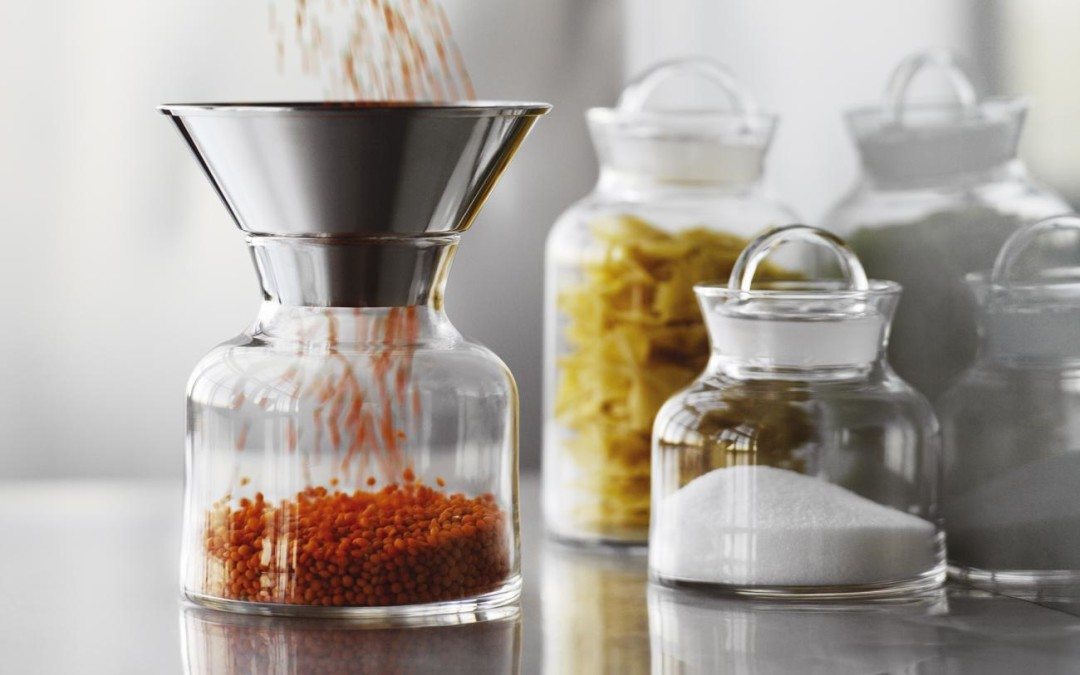Ingredient 2 of the Starter Recipe: Why hasn’t the Problem been Solved? Or the Desire Fulfilled?
Extending the doctor metaphor, this is where you further identify the history of the problem, predicament, or pain that your target market has experienced up to now. What previous remedies or solutions have been attempted but failed? As you progress through all five steps of this recipe, you’ll begin to see how the answer(s) to this question serves to build your audience’s anticipation about a new solution you’re about to reveal.
Assignment: Complete Your Starter Recipe
Ingredient 2. Write down the reason(s) why the problem continues, persists or lingers. How is it that they haven’t solved their problem, and why are they still stuck in the rut? Again, a few factual sentences will do.
Ingredient 3: What’s possible?
In coaching parlance, this is called possibility thinking. This is where you set the stage for what life could be like – what could happen – when your audience’s problem, pain, or predicament is eliminated.
You must go beyond stating the obvious. “The pain in your lower back will disappear,” is not enough. You must draw a picture of what is possible once that pain is gone. “You’ll be able to engage in activities (specify activities) you were unable to engage in because of your back pain,” or “You can accomplish all your goals and dreams because the pain is no longer there to stop you.” This is the dramatic promise.
Ingredient 3. Write down what’s possible. Paint a picture of the way things will be when your prospect’s problems are solved. Again, a few sentences will do.
Ingredient 4: Why You and Your Product?
This is where you explain who you are and how your product or service is uniquely suited to help them.
What’s different about you? Your company? Your product?
This is where your unique selling proposition (USP) comes in. A USP is your promise. It’s what sets you, your product or service, or your business apart from every other competitor in a favorable way. It’s the competitive advantage that you proclaim to your prospects, customers, or clients.
If you’ve not thought about your USP before, or want some additional help on this topic, read the article I wrote about that here.
Ingredient 4. Write a few sentences about what differentiates your product or service. Present just the substance – not the details.
Ingredient 5: What action should your prospect take now?
If you answered the first four questions, and established your objective for this particular piece of copy, you know what the answer to this question is.
You simply tell your audience to do what you started out wanting them to do – that is, to sign up, pick up the phone, register, opt-in, or buy what you’re selling.
Ingredient 5. State clearly what you want your prospect to do. This is the call to action.
There you have it. Once you have answered the five starter questions, you have the recipe for building any marketing message.
You’ve got the structure; all you have to do next is embellish it with your particular voice.
That’s it for today. Next time we’ll talk about how to take this recipe and flesh it out into a full-fledged marketing piece.

